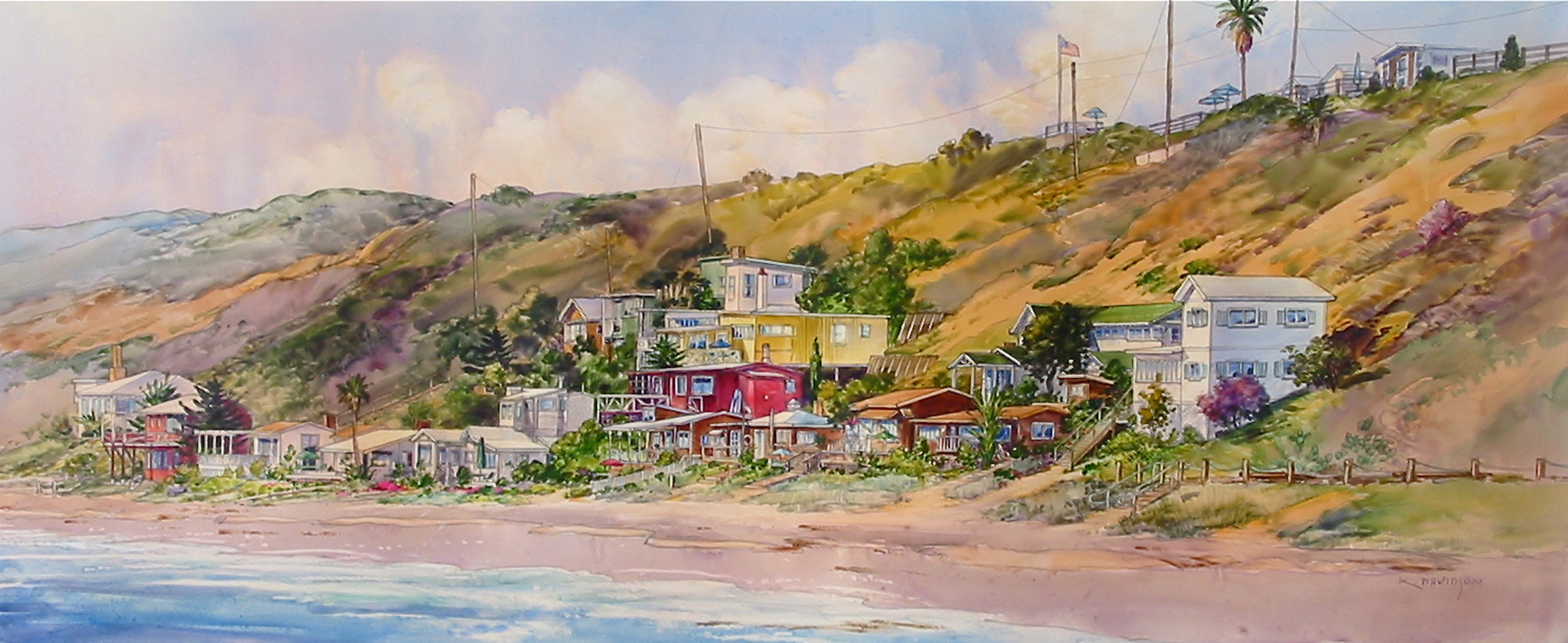One on One With Lorraine Francis
By Gina Dostler
Sustainability is a big word with big implications.
The prospect of a dying planet has forced a new generation of people to grasp stewardship of this world and initiate the use of our resources in a responsible manner. Efficiency has become not only a matter of streamlining costs, but an approach in which the proper management of our planet’s resources has started to underlie manufacturing decisions.
The architectural world gives sustainability a predominate role by creating beautiful buildings that not only inspire the comfort of living but bear the environmental stamp of approval.
Lorraine Francis of Cadiz Collaboration is all into that. Her architectural and interior designs find a home in the hospitality industry, where she creates a fine luxury that vibrates in each structural plan while bringing important components of sustainability into the factor. She is a passionate advocate of, and keynote speaker on sustainable architecture and design.
Growing up in New York City put Francis in the world of art, fashion, and high rises amid a hub of people. With a move to Colorado to complete an architectural design degree, she found a new perspective through living in an environmentally conscious community.
Today, Francis enjoys bringing the best of both worlds, working with clients to conceive, plan and execute distinguished projects with the green factor leading the way.
Q: Why has it taken such a long time for hotels to start doing the green thing?
A: In reality going green is a hard proposition to sell in the hotel industry. Though many industries are converting their operations to a more sustainable way of doing business, hotels operate under different circumstances. A hotel might be owned for only five years, yet it takes 5-7 years to see any cost savings after green improvements.
Q: But you can create systems that make it possible to be green and profitable.
A: Yes. We really try to look at a 12 to 24 month time frame for energy savings from renovations to kick in. It’s a balance we strike by working within reasonable limits in the sustainability aspect so energy efficiency and a faster turnaround in cost savings are found. We make it a point to search out local suppliers so we can leave a smaller carbon footprint.
Q: What’s the biggest challenge?
A: For us right now our biggest challenge is energy costs for the clients whether in the hospitality or commercial industries. Our company looks at the property or building and puts a team together that can, step by step, start incorporating a green energy system where a quicker payback is possible. For instance implementing a water efficiency sys

tem could generate a significant savings within 12 months. Or changing to LED lights that draws less energy can have a dramatic effect in energy savings as well.
Q: But even with green being a reality for hotels, why the slow takeoff?
A: It’s a hard thing for the industry to wrap their minds around. But corporate travelers, meeting planners, and leisure guests are putting pressure on the hotel and restaurant industry by requesting green standards. Sustainability is coming up more and more with their clients so they are being forced to incorporate these standards into their business.
Q: I look at your interior designs for hotels and am very inspired to go and travel! How can such designs be sustainable?
A: I strike a balance between being green and creating designs. My thought is sustainability shouldn’t be living with out. The Tuscany look with reclaimed woods and its earthy looks is very popular in homes. But technology is good too. So when guests come to stay at hotels they want something new outside their home. You as a guest stay at a hotel to try on a room and then take it with you. Each different suite you stay in is a different community to experience. You check out the new energy control panels, the new sheets, new fabrics, and new tile with sustainability elements and wow you like it. So I reach out with my designs to bring both the world of sustainability and technology into a new experience for people to touch, feel, and try out.
Q: How would you describe your designs?
A: My designs are classic and clean using art or other special features for enhancement. I stay away from trendy designs that come and go like the wind. I start by listening very intently to my client’s needs, trends, and budgets as every bit of information is taken into account. Then I turn it around and take a fresh look at it. I create environments for people to connect. A not too modern look gives a warm and friendly environment that is very approachable, livable yet exciting and new.
Q: You created Hotels+Green 44. What is that all about?
A: I wanted to bring more green awareness to the hospitality industry. So I decided to put together a platform to host conversations where a community of thought-leaders in the hospitality and design want to learn from each other as well as share their ideas and practices. It’s where leadership and innovation come together to discuss trending topics about sustainability. Topics such as trends in sustainable landscaping, eco-scaping, organic foods and waste management, trends in LED are some of the upcoming topics.
Q: Your approach to sustainability is from a more feminine nurturing aspect. How does this impact design?
 A: It’s so wonderful that more and more women are entering the architectural field. We bring different features to the table with more family values integrated into what we do versus only looking at business values. Women also bring a sense of community into the picture and it reflects in our designs. This sense of community along with business values and personal responsibility are all needed to help bring Mother Earth into balance.
A: It’s so wonderful that more and more women are entering the architectural field. We bring different features to the table with more family values integrated into what we do versus only looking at business values. Women also bring a sense of community into the picture and it reflects in our designs. This sense of community along with business values and personal responsibility are all needed to help bring Mother Earth into balance.
Q: What are the key things in business, as part of a community and personal responsibility that are steps towards making sustainability possible?
A: For personal responsibility: 1) Be a flexitarian. Lean into eating meat only 2 days a week. 2) Home: energy use and water use…REDUCE IT! The building we live and work in account for 39% of carbon dioxide (CO2) emission. 3) Fly direct and on newer planes. This has a huge impact one’s carbon footprint.
For business: 1) Take a position, don’t shy away, LEAD, set your company apart. If you start making more decisions based on your values and your company is in alignment with those values, you will have the competitive advantage. 2) Follow the supply chain and take a deeper look at your company’s responsibility. Control is shifting from seller to buyer with more access to seas of information. Understand your supply chain. 3) Metric: Company’s can’t improve what they don’t measure. Set some baseline measurements from energy use, water use, customer values, and employee values and then set some goals for the year to improve them.
For community: 1) Use your buying power: Align your purchases with your values. Purchase power creates social impact power. 2) Get in conversation: We have lost our sense of connection with the community. 3) Connection: Average person spends 90% of their time indoors. Go outside. How can we even relate to the planet and its issue if we don’t take the time to connect to it?
CONTACT INFORMATION
Lorraine Francis, AIA, LEED BD +C
Cadiz Collaboration
T. 714.210.3818
www.cadizcollaboration.com
www.cadizdesignstudio.com




